Today my man Drew took me up to the "Yang Yuan" area above Taichung city atop Dadu Shan (google map link). This area, enclosed in the green box, takes its name from some prominent local family named Yang. It is filled with old houses, and also hints about what used to be there. Note the name above the purple line: "savage city"....
In local names resides much history. Here are two old wings of a Sanheyuan style house. Note the stand of bamboo on the left. That is probably the living remains of the old aboriginal palisade that was here when the first Han settlers moved into the area in the 1750s, Drew explained to me.
Lots of traditional style houses in the area.
On what was once the main drag are some old stores like this one.
...and of course, the famous local temple. We stopped for drinks in the shop right by the temple.
A tiny shrine faces the old temple.
The old houses are made of mud brick on a foundation of rocks.
As everywhere in Taiwan, an open space quickly becomes a vegetable patch.
Old houses wherever you look.
Bamboo planted atop an earth wall signals an aboriginal palisade. There are many clumps of bamboo, suggesting that there was either a massive but snaky fort, or there were several forts in the area, Drew suspects.
Drew also pointed out this name of a major street: "top three settlements" which probably preserves the fact that the area housed three aboriginal settlements close together. Local place names often encode information about the ancient state of the area.
A street.
Drew, illuminated, stands inside the old aboriginal palisade, now someone's backyard and filled with old fruit trees. When the Han settlers moved in they often took possession of assets like orchards...
One of the many traditional houses, which gets older as you go further back from the road.
Drew explained that there had been a moat 2 meters wide before the wall of bamboo. It had probably been filled in to make the road on the right, now paved and drained.
Two old wells stand on the right in this traditional courtyard.
Also in the area, marked with the blue star in the map above, is the last of the giant fuel tanks designed to refuel B-52s and other large aircraft during the Vietnam War era. Pipes to fill them ran directly down to the port. Since this was aboriginal land, it was "public land" which meant the government could pretty much take it and do whatever it wanted with it.
The tank is easily reached via the road in front of Dayang Elementary school.
Throughout the area and down to the plain below on the west towards Qingshui are signs indicating that this is the Dayang Cycle Route. Hahaha. As is so often the case, it is marked as a cycle route, but no infrastructure for cycles exists. Just the signs. But you know somewhere in Taiwan's bureaucratic heart someone has marked this as XX kilometers of bike route. ROFL.
We descended to Qingshui and grabbed a light lunch, then rode over to Kezhuang and Jiuzhuang, the locations of some of the old aboriginal villages (now filled with Han). Those villages had strung out along the river to the sea at the northwestern end of Dadu Shan (now the interchange between the 4 and the 3).
We were delighted to discover a flat route parallel to the 4 along the river which negated the dull slogging climb up to the top of Dadu Shan. We followed that and after several adventures involving bike portaging and blocked roads and hard earth roads -- here Drew is portaging by bridge construction -- we had even more adventures trying to find a way back up to Shengang and thence to Fengyuan. But at last we did, finishing a very enjoyable and educational ride.
Hope you're on the next one.
_______________________
[Taiwan] Don't miss the comments below! And check out my blog and its sidebars for events, links to previous posts and picture posts, and scores of links to other Taiwan blogs and forums!

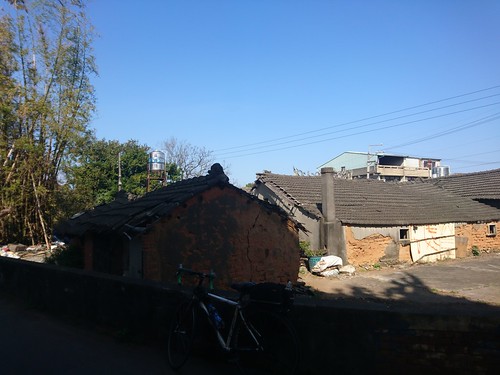
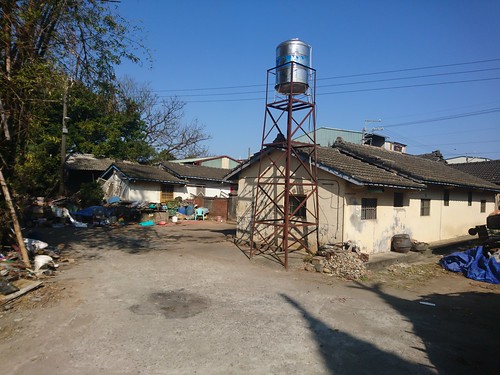
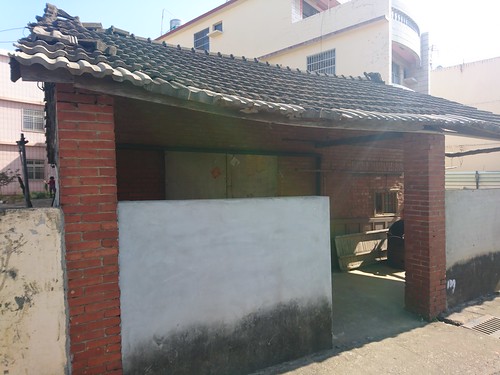
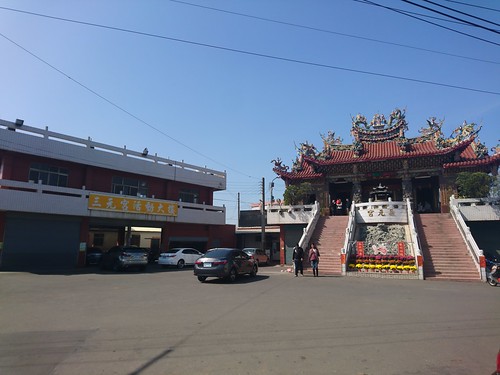



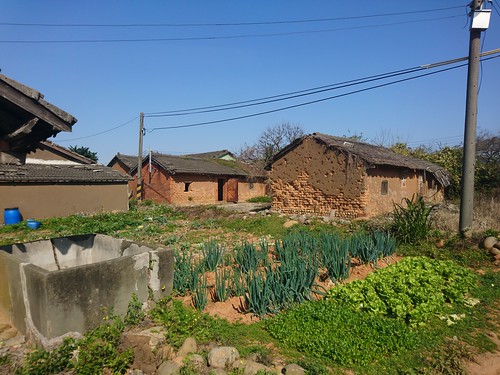
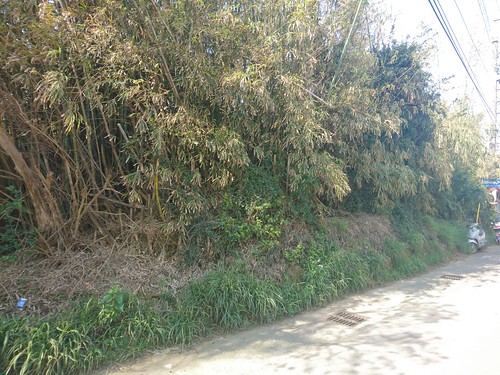
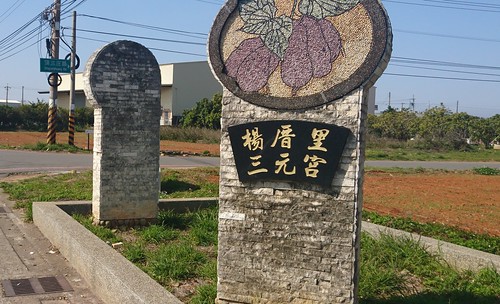
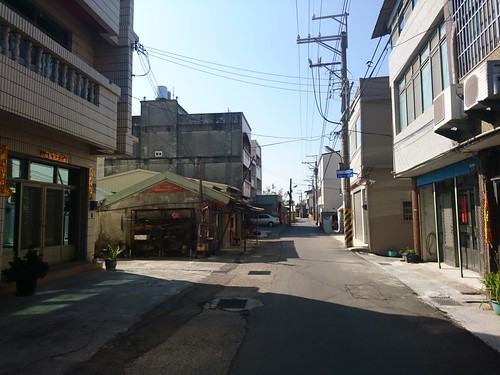
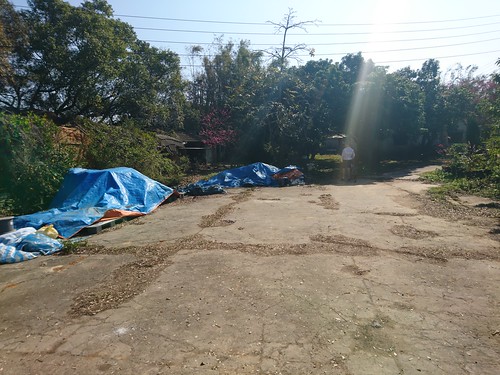


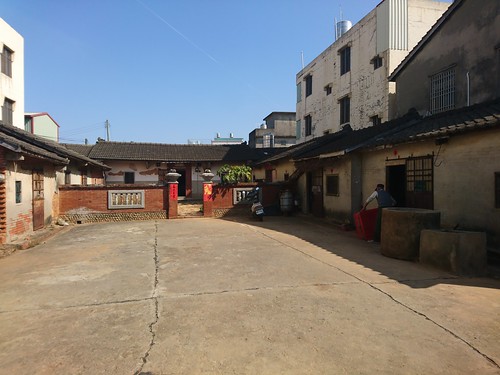
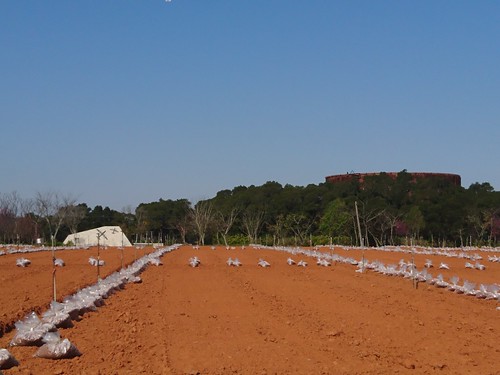
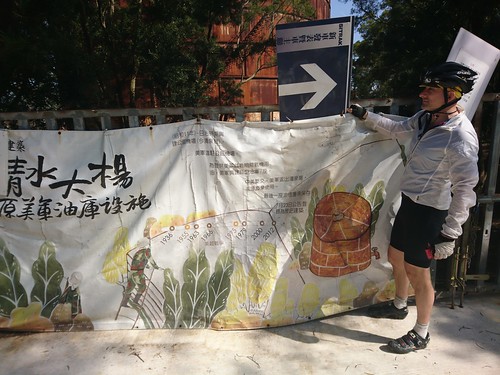

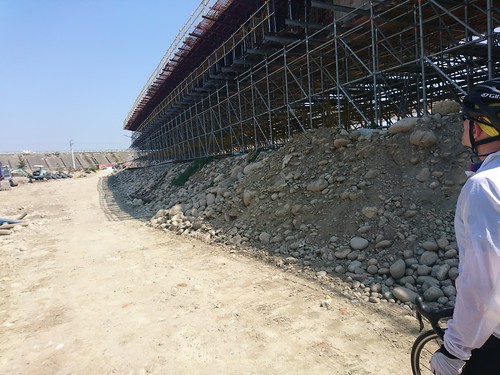
5 comments:
Great post. Fascinating.
That was the central area of the Kingdom Middag (大肚王國; The Kingdom of Dadu.)
Details, see https://en.wikipedia.org/wiki/Kingdom_of_Middag
BTW, the Dutch called it a "Middag" (Middle Assembly) because, like most Pacific islanders, the aboriginal Taiwanese did not have the concept of state, nation or kingdom. The organization has been a loose hierarchy of village assemblies where the elders met to discuss matters of common concerns. This was actually also the way the immigrating Hölö people (still mistaken as Han Chinese today) operate for their community matters. The "Dag" (German: "Tag", as in "Bundestag", i.e. Federal Assembly, often translated into "German Parliament") of Middag was the aggregate Dag (assembly) of the central area of the aboriginals in the Dadu Mountain area. So, technically, "Middag" is not a "Kingdom" in the Western sense. It's actually relatively "democratic", but not "one person, one vote"; rather, "one elder, one vote; with a main Chieftain leading the discussions."
There have been a lot of myths and legends about this kingdom among the very old generations; some borderline fantasy, such as supernatural power and abilities of some of the fighters (royal soldiers.) As a kid, I've heard some of the stories.
The Chio-Tian Folk Drums & Art Troupe (九天民俗技藝團) created and performed a drum and acrobatic drama "The Kingdom of Middag; 大肚王國" on Nov 3-5, 2017 at the National Taichung Theater.
The idea for the drama was first suggested by the then-legislator and the current mayor Lin Chia-Lung in 2013 and didn't get to fruiting until 2017.
References:
(1) About Chio-Tian Folk Drums & Art Troupe:
http://www.chio.com.tw/en/about_01.php
(2) Notice about the drama (in Chinese);
http://www.chio.com.tw/news_view.php?class_sn=1&sn=35
(3) News about Mayor Lin's involvement in the creation of the drama (in Chinese):
http://news.ltn.com.tw/news/life/breakingnews/2170803
A stage play was also created by a director 王婉容 (Wang Wan-Rong) and performed by the Theater Troupe of the National Tainan university in 2013. See a review article (with a picture of the play; in Chinese):
http://pareviews.ncafroc.org.tw/?p=6884
The stage play's script has been published, see:
http://m.sanmin.com.tw/product/index/001350759
Intrigued? Here's an animated narrative with a very simplified and likely not 100% accurate presentation ("the aboriginals are 100% the victims of invaders"):
https://www.youtube.com/watch?v=LKbQDq6Q9eI
I also read that a director is brewing the idea of making a movie about the kingdom. But, don't have the info at hand.
Your this walk-about article is very informative, thanks!
Loved this piece, Drew is the ultimate Taiwan cycle guide, really need to get back over and ride with y'all.
cheers
Patrick
Nice learned something new.
I lived around there for years. There are still aboriginals living on dadushan along the old train line for example.
This was a great piece. I almost felt like I was there; I've seen many similar sites (re state of abandonment) in the nether regions of Korea, minus the lost aboriginal kingdom, but here I got to explore in virtual a fantastic site in Taiwan; very thorough and compelling. You should compile things like this and put them together into an e-book. It means you need to do a lot more biking. Not a terrible thing.
Post a Comment